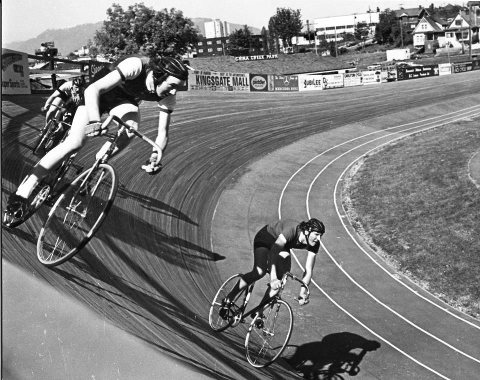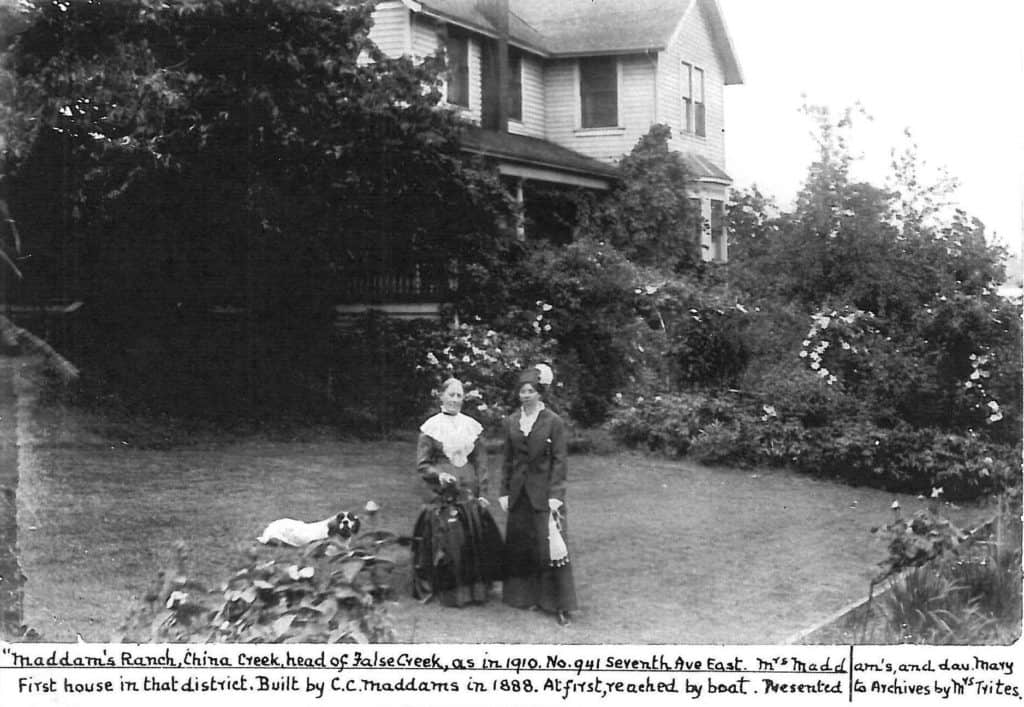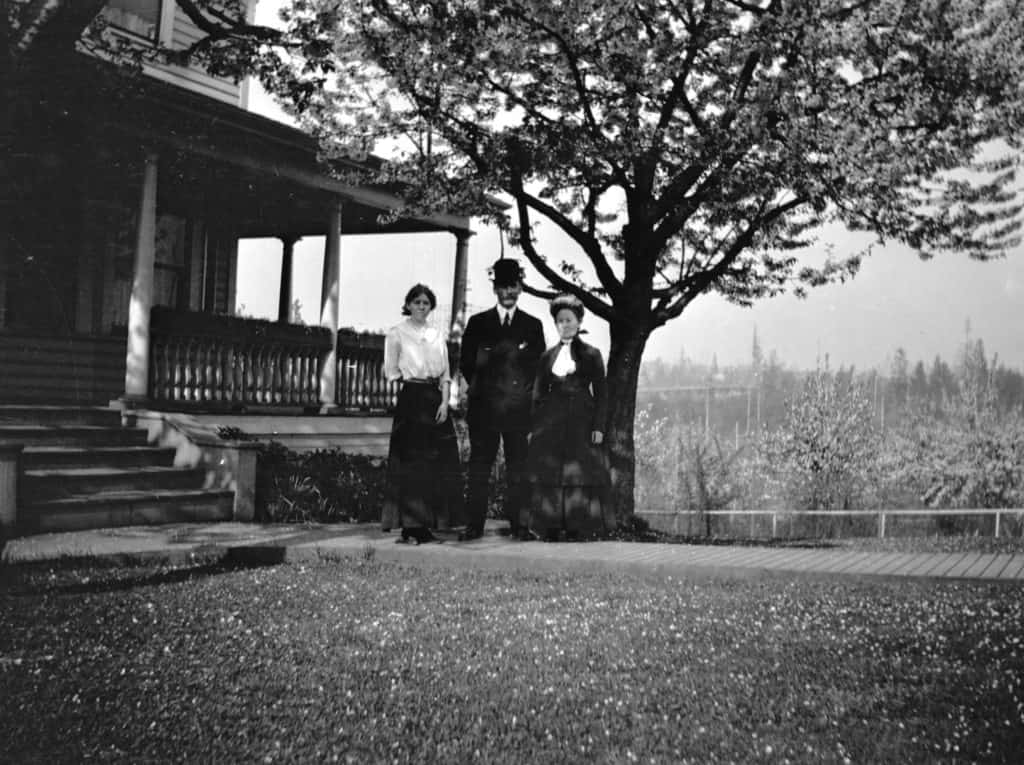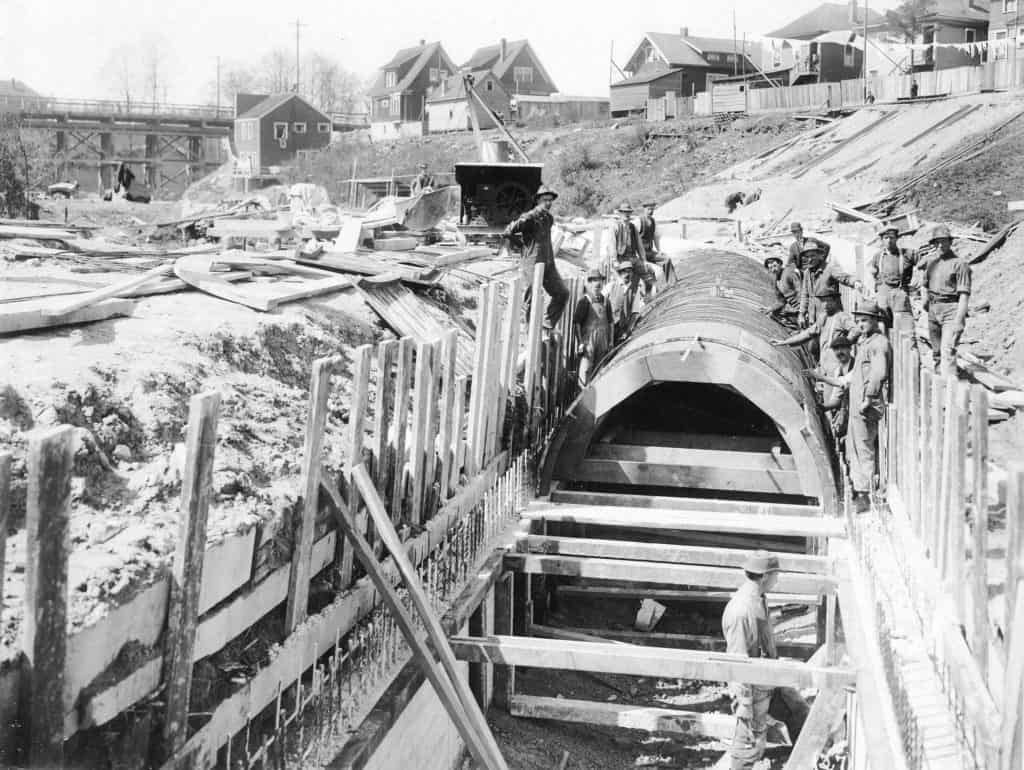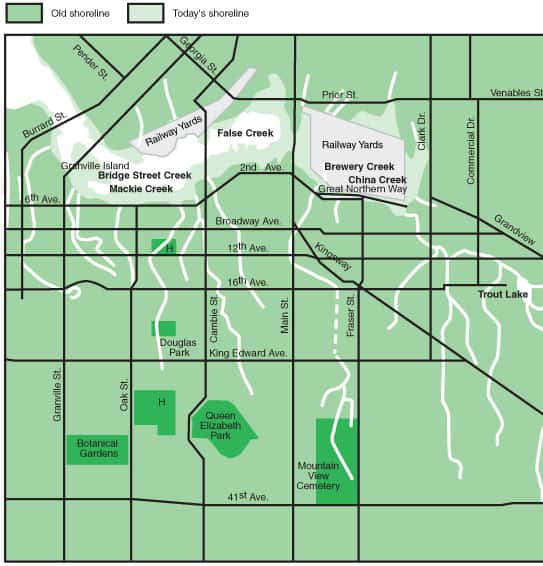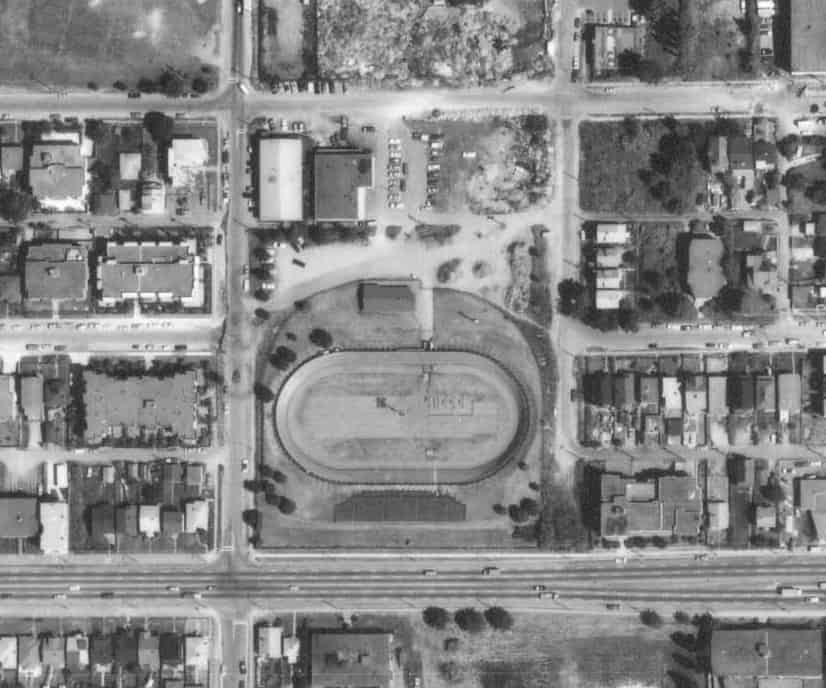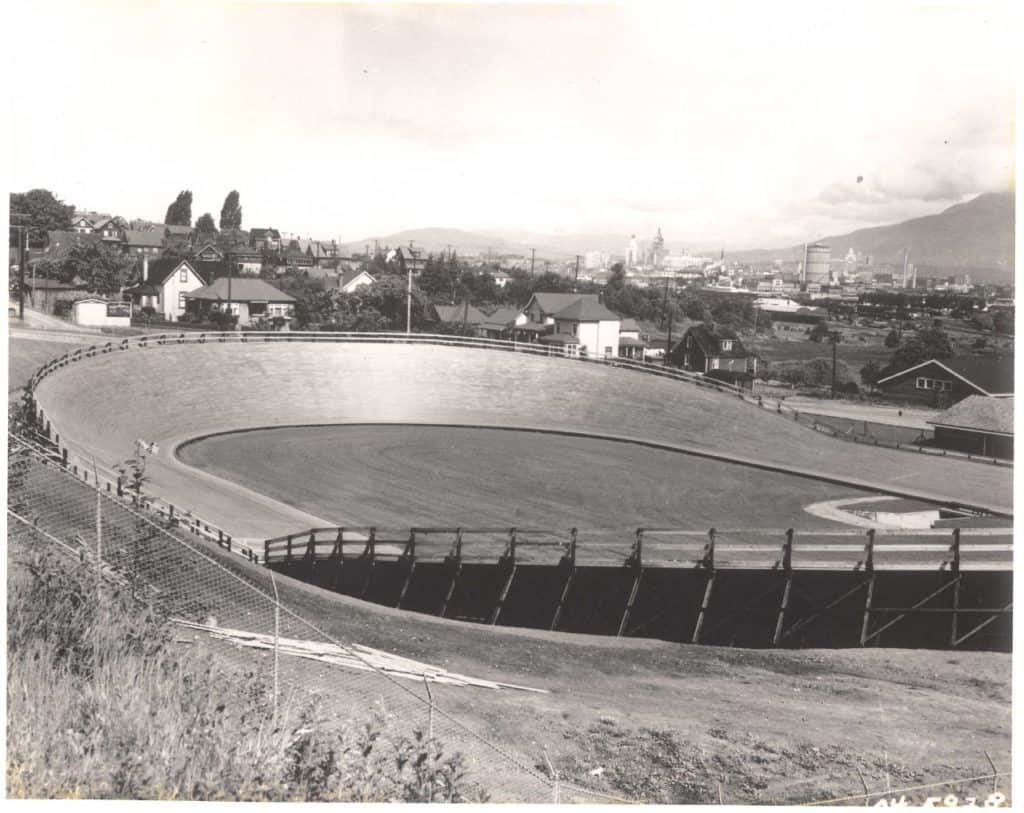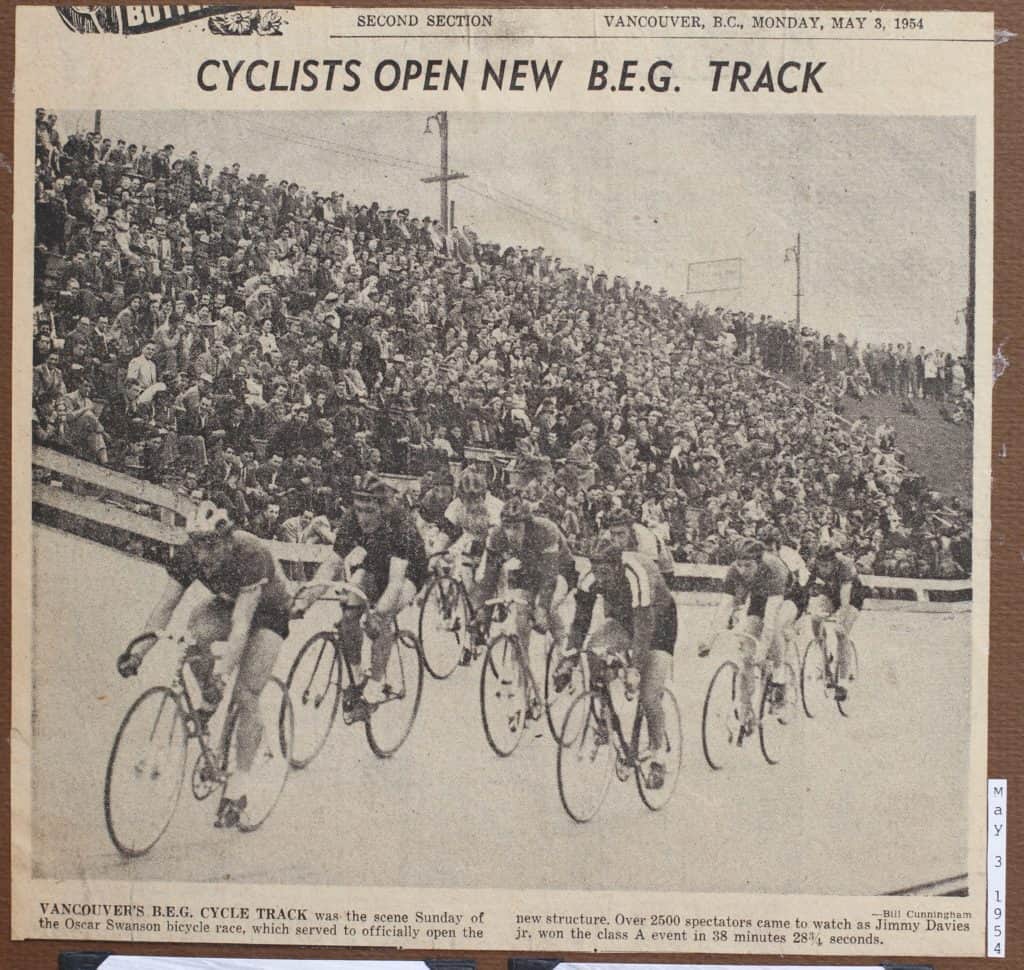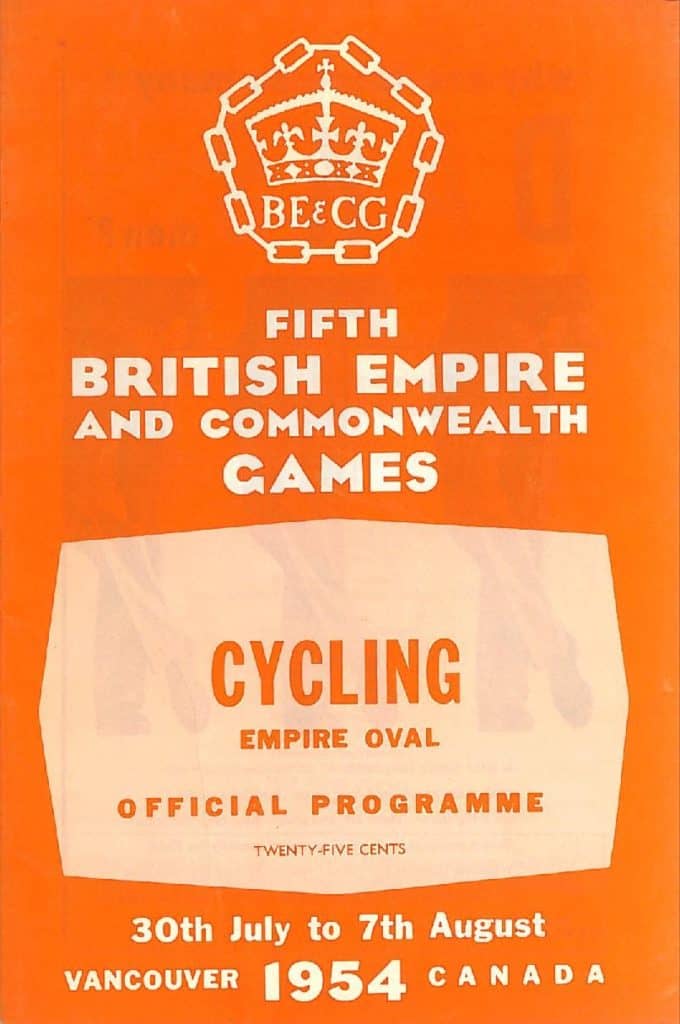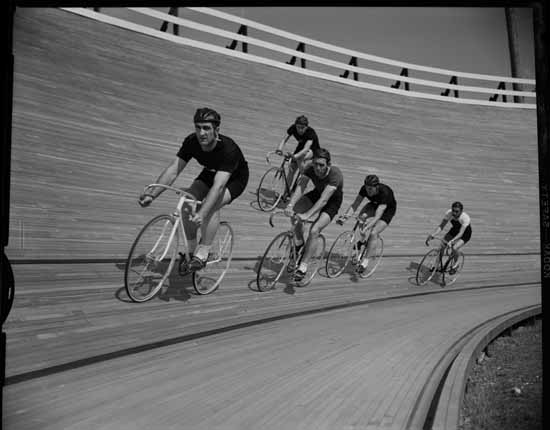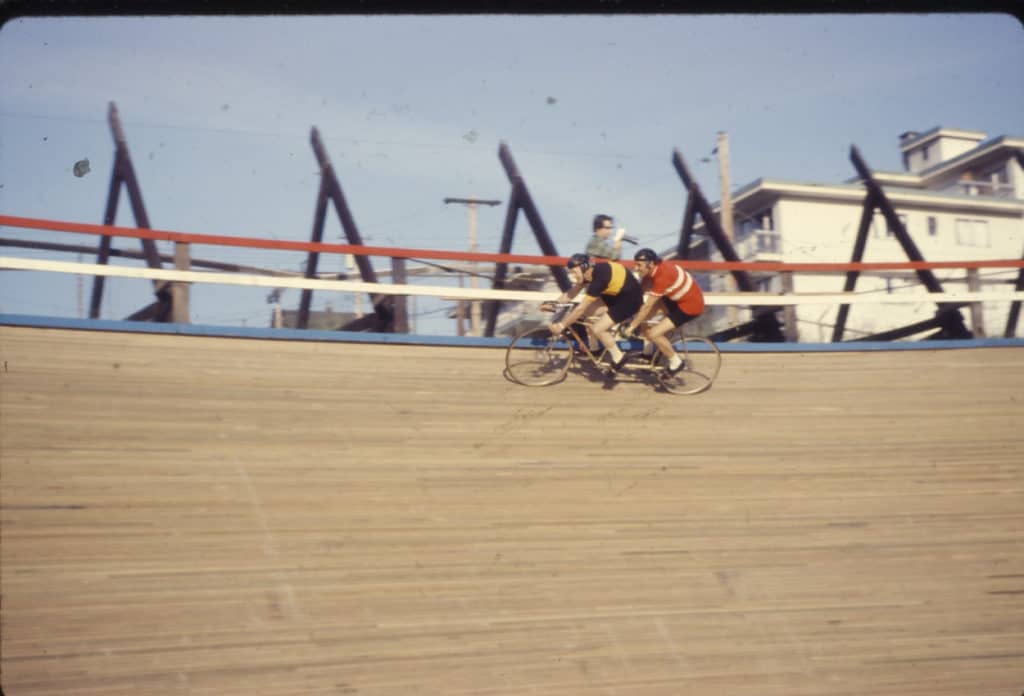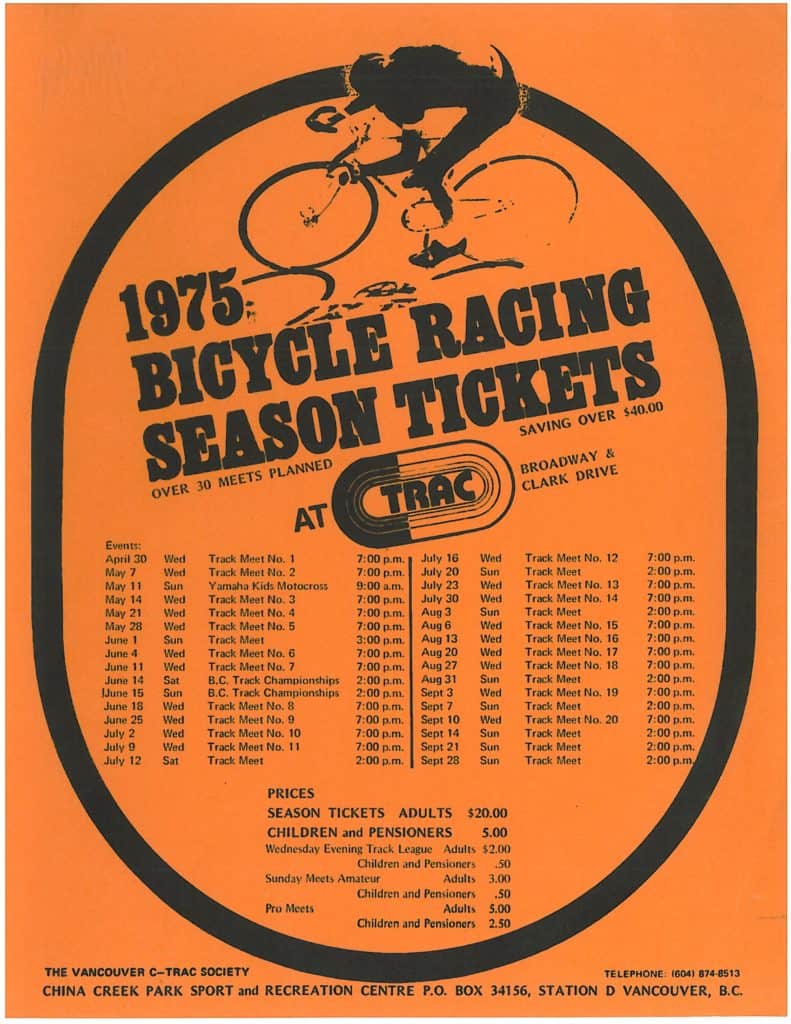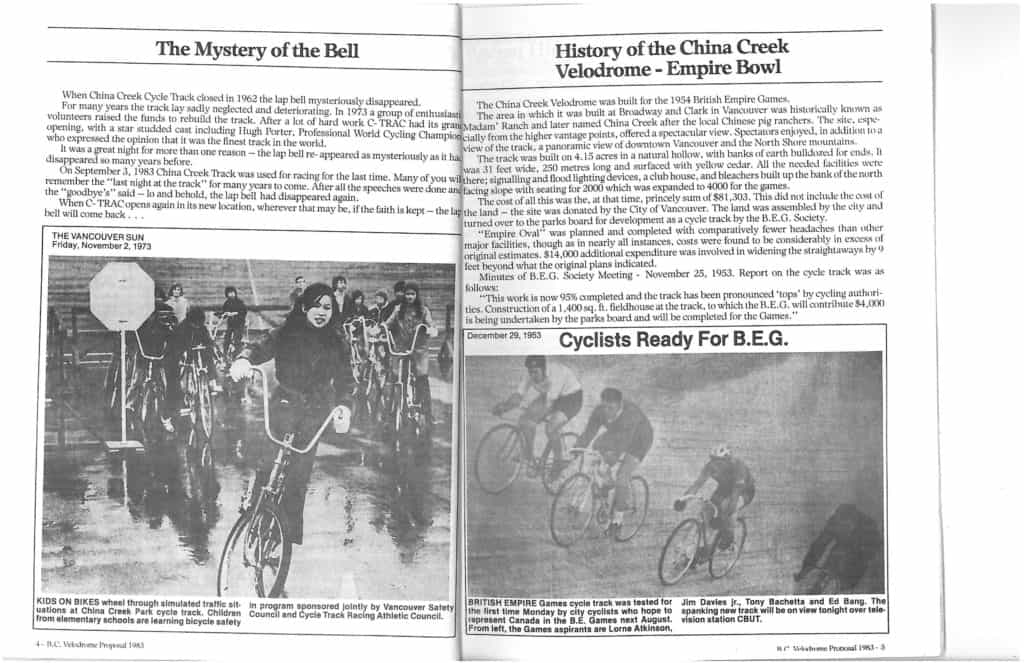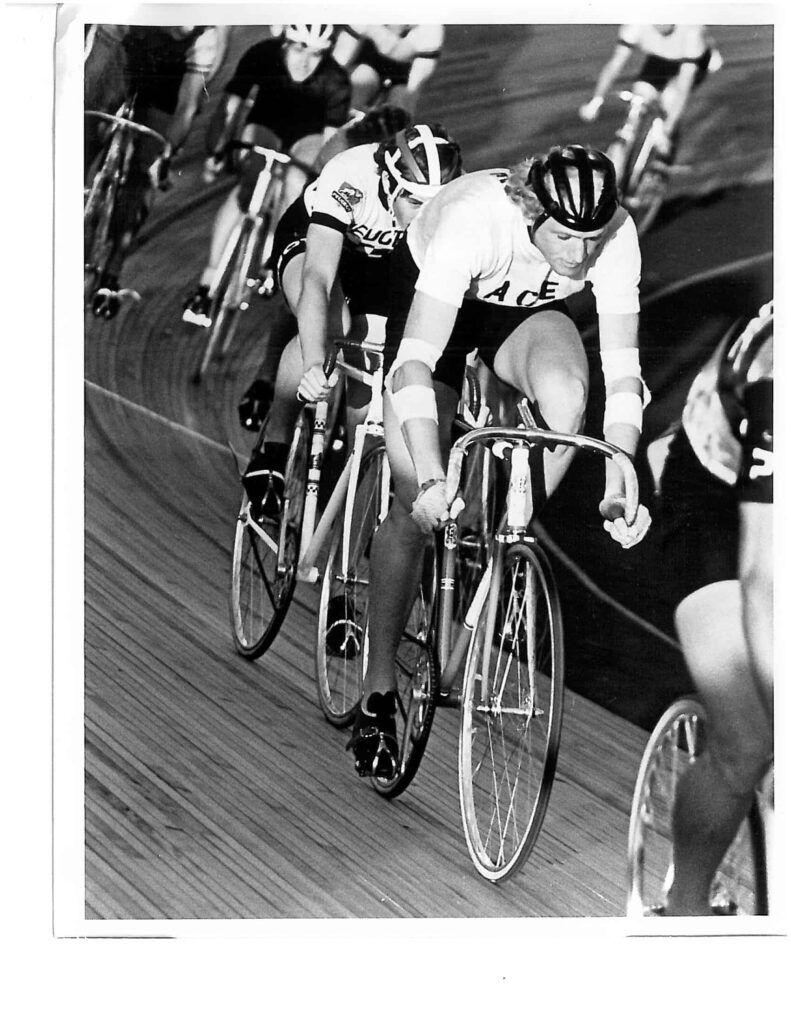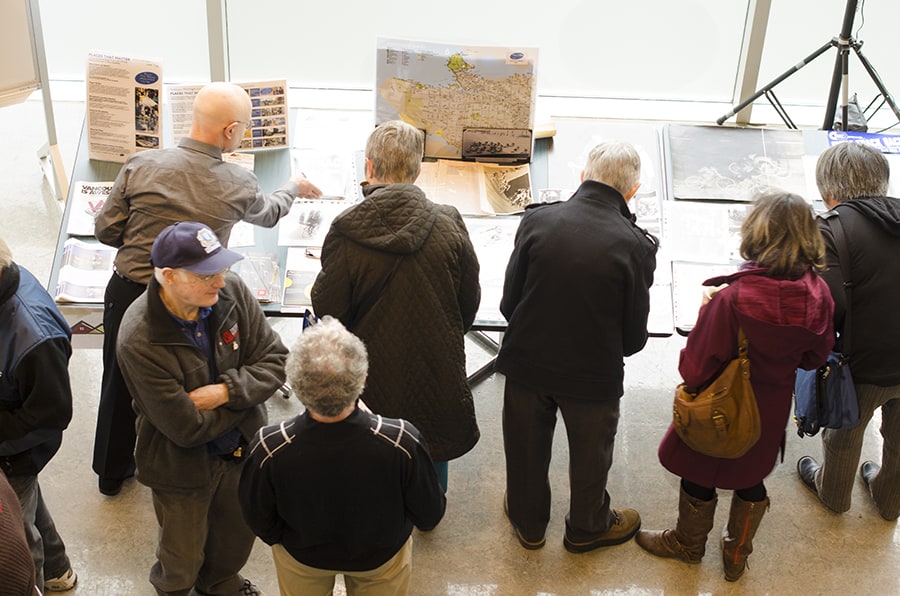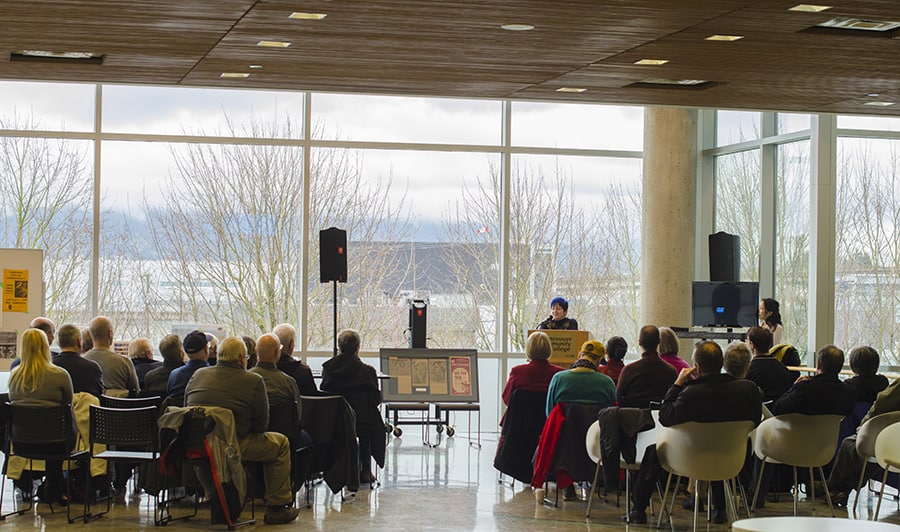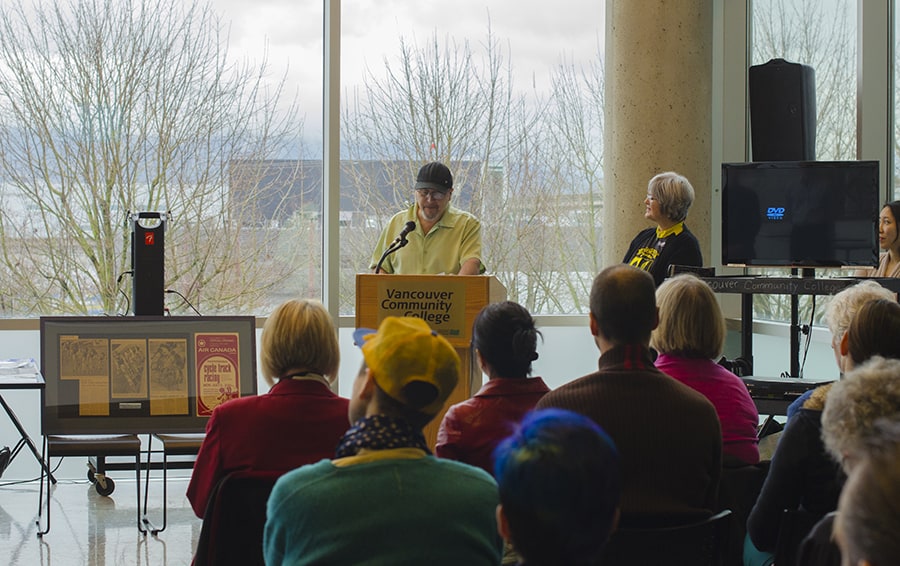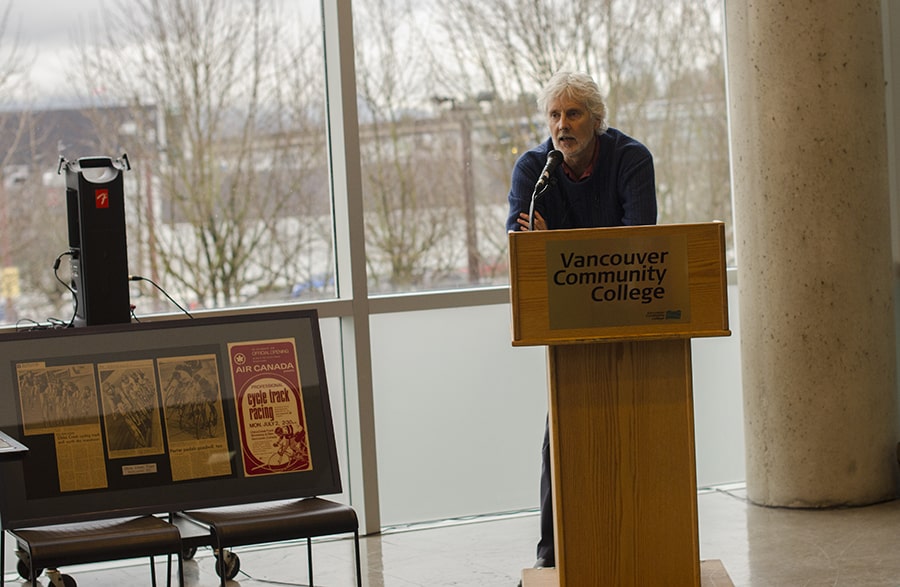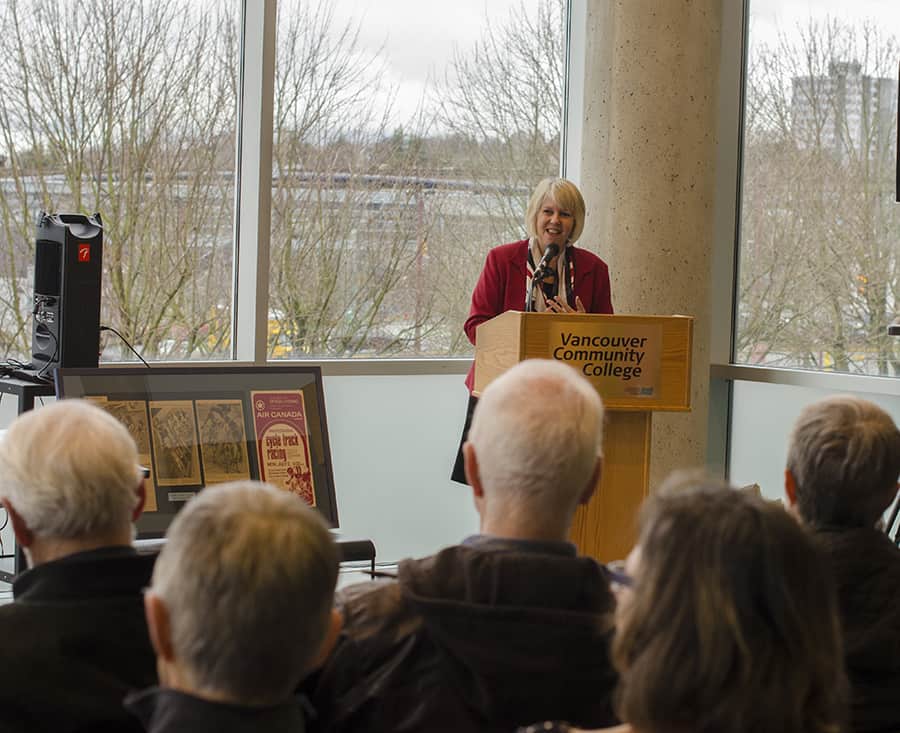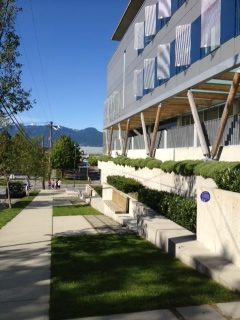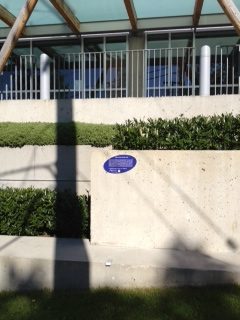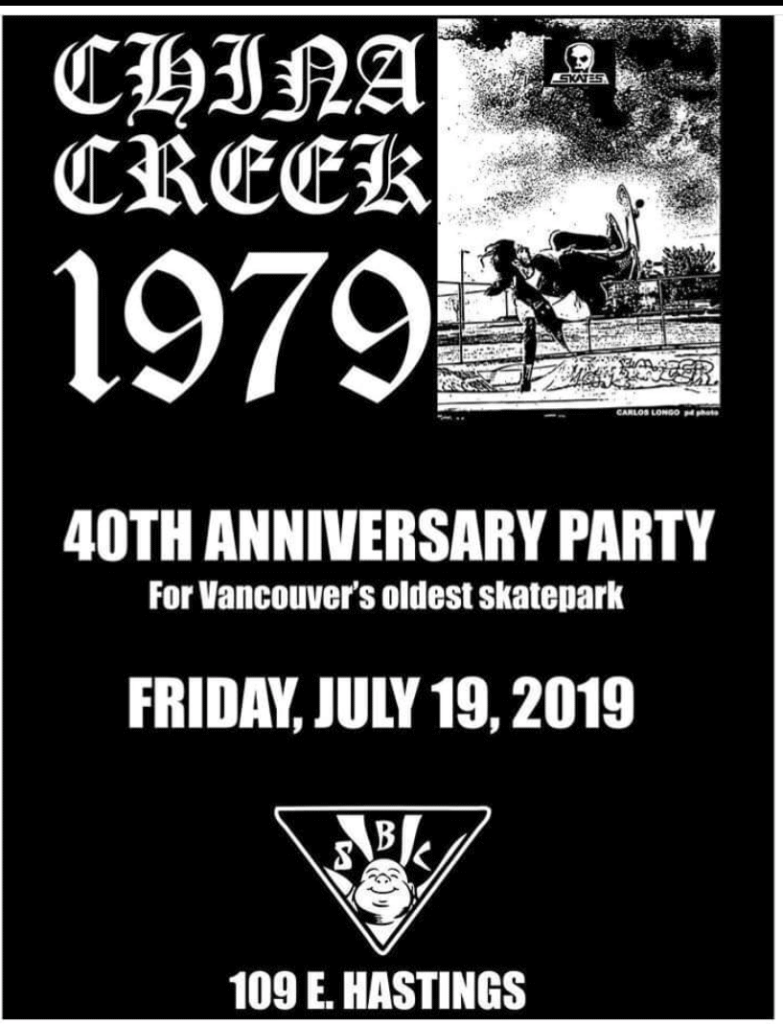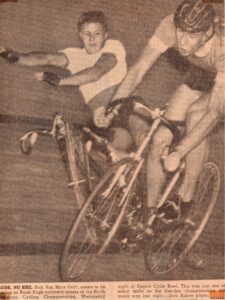China Creek – A brief history of the flatlands and origin of the Name
Some 150 years ago, the area around China Creek was a dense rainforest with numerous creeks passing through tidal flats on their way to the ocean. At that time, False Creek extended as far east as Clark Drive. China Creek, with a length of 16 km, was the largest stream flowing into False Creek from 45th Avenue near Renfrew Street. It flowed through Trout Lake before reaching seawater where China Creek Park now sits, its fast-running waters carving deep ravines. In the 1880s, Englishman Charles Cleaver Maddams purchased a plot of land at the mouth of a huge ravine that was already being farmed by four Chinese vegetable farmers and two Chinese pig farmers, Pien and Duck Fo. The Maddams family created a 5-acre ranch, and named the creek “China Creek” after their Chinese neighbours.
Maddams eventually lost the farm to taxes and it was turned over to the City in 1922, which began using the ravines as garbage dumps. By 1941, neighbours were organizing against the stench and potential health risks, prompting the city to abandon the dump in 1946 and create a new one at 63rd and Kerr, now Everett Crowley Park. As a result, the waters were diverted into a sewer pipe and the ravines covered over. Today, China Creek, along with several other creeks, continues to flow through the area but is completely contained underground.
The China Creek Cycle Track – A Legacy of the 1954 British Empire & Commonwealth Games
In the early 1950s, the China Creek Bowl, a 250-metre oval cycle track made of rare yellow cedar, was built for the 1954 British Empire and Commonwealth Games on the ground that now covered the sewer pipe and ravines. One of the first of its kind in Canada, the track, or velodrome, was steeply banked to allow for speed and maneuverability. Lorne “Ace” Atkinson, cycling legend and owner of Ace Cycles, raced on it in the 1954 games as captain of the Canadian team.
“It was the first real cycling track Vancouver had ever had,” says Jason Beck, curator at the BC Sports Hall of Fame. “Before that, Ace told me he’d be racing literally on the horse race track at Hastings Park. They just would race on the dirt. So to get a banked wood cycling track, this was a big deal for Vancouver. Huge deal for the local cyclists.” Ace had a strong connection to the site, having grown up just two blocks from China Creek. One day, while the track was being constructed, Ace rode by the construction site, peeked over the fence and noticed a portion of it was complete. “They threw their bikes over the fence, cleared the track from the workers’ tools, the nails and boards, and cycled a few laps on those tracks,” says Beck, adding that this made him the first to ever cycle the new track.
“He told me that because he was so familiar with the track, he was able to train on it for months leading up to the game, he’d learned how to use the steep banked corners – they had 45 degree banked corners. If you weren’t going fast enough on those corners, you’d literally slide down the track from the top to the bottom. So he learned that if you could use your speed and go higher than a rider on the track, as you came down, you gained speed and could pass them.” Ace used the technique to good effect, posting Canada’s best result at the British Empire and Commonwealth Games of 1954.
Saving the Track from the Bulldozers… temporarily
After the Games, China Creek remained the centre of cycling in British Columbia, hosting regular competitions and international races. But the track wasn’t built for longevity, and by the late 1960s, its wood was rotting away and the Parks Board moved to demolish it. Ace, along with a group called C-Track, raised the funds to repair and save the track from the bulldozers, extending its life by another ten years, and allowing another generation of cyclists to grow up and train on it.
By 1980, the China Creek Bowl was demolished for the construction of the King Edward (now Broadway) Campus of Vancouver Community College. In 2013, a Places that Matter plaque was unveiled at VCC to commemorate the cycle track. Many in the cycling community attended the presentation and shared history about its influence and legacy in Vancouver’s cycling community. The plaque can be seen today along the sidewalk outside VCC’s Building B on Glen Drive. A Mount Pleasant Walkway project sign is also nearby at the corner of Glen Drive and East 8th Avenue. If you want to catch some live track cycling today, you’ll need to head to the Burnaby Velodrome.
Sources
Sports-Related Places That Matter



